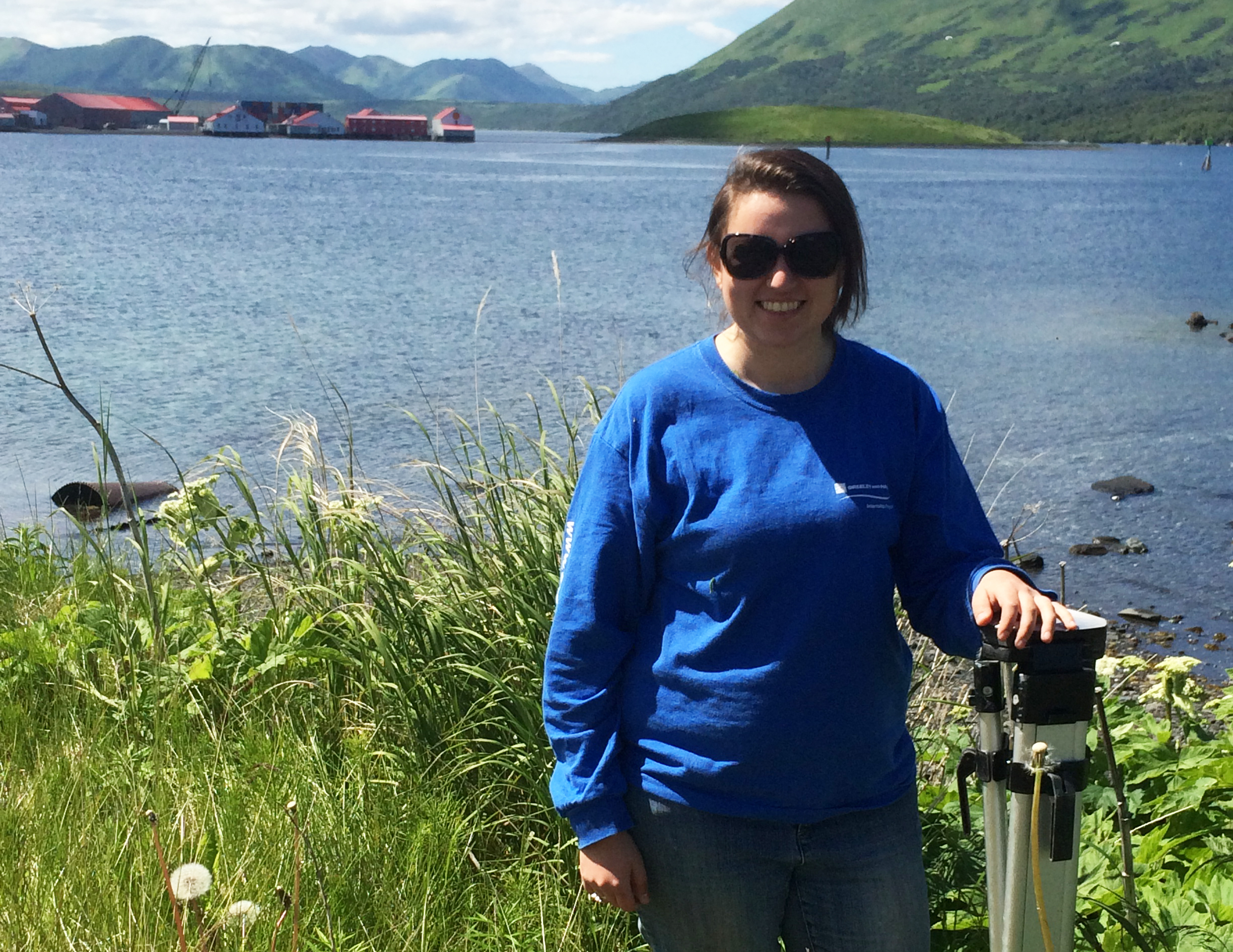
Marszalik Connects Native Alaskan Villages to Critical Sanitation Infrastructure
When Agnes Marszalik (BS '13) decided to focus her job search on areas near mountains, she had no idea that she’d end up in an area reeling from the impacts of climate change.
Working as an engineer for the Division of Environmental Health and Engineering at the Alaska Native Tribal Health Consortium, she sees first-hand that native communities are relocating—or planning to relocate—due to the changing environment.
“The melting of permafrost, which causes the ground to thaw and shift, is resulting in damage and failure of current infrastructure,” she says.
The moving ground is a challenge that engineers must take into consideration when creating designs for the future. Marszalik's current work is focused on providing design and construction administration services for sanitation projects in Alaska native villages. She chose the position based in Anchorage, Alaska because it combined her interest in water and sanitation.
“Most of my work deals with water and wastewater treatment along with distribution and collection,” she adds. She’s involved in projects until they’re from start to finish—from writing preliminary engineering reports to design and construction.
Marszalik is just about to wrap up the first two projects that she’s worked on for the consortium. Marszalik credits her education at CEE with preparing her for a challenging career. She says that coursework in fluid mechanics, fundamentals of water quality engineering, and water chemistry were particularly beneficial—and directly applicable to her work. Her involvement in Engineers without Borders (EWB) while at CEE also provided real-world experience in the design, construction, and monitoring of a water collection and distribution project in the Ecuadorian Andes.
She takes pride in the tangible benefits her work provides to native villages. Marszalik mentions that she is especially interested in water treatment pilot studies, projects that evaluate water quality, test scenarios, and determine the best solutions to bring systems efficiently into compliance.
“These [studies] have been the most rewarding because once we find a solution for the water source, it then becomes the basis of the water treatment plant design,” Marszalik says that bringing critical infrastructure to remote Alaskan areas is a big challenge. Many native villages are accessible only by small aircraft or boat. Some lack basic water and sewer connections to their homes—and have been waiting for decades for improvements.
“These challenges, along with the extreme weather, require creative design and significant planning. We need to provide systems that can be constructed and operated in these areas while maximizing the public health benefits,” Marszalik states.